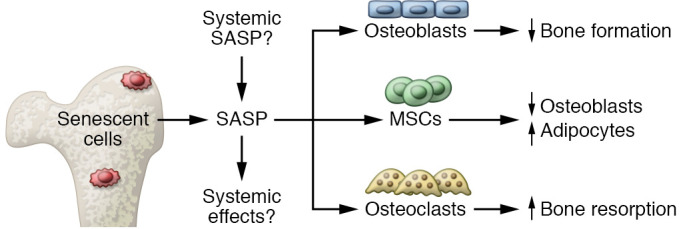Figure 3. Working model of our current understanding of the contribution of cellular senescence to skeletal aging.

Senescent cells accumulate in the bone microenvironment with aging and secrete a proinflammatory SASP. The contribution of the SASP from non-skeletal sites as well as the possible systemic effects of the SASP from the bone microenvironment in modulating non-skeletal aging remains unclear. The increased proinflammatory SASP in the bone microenvironment acts on osteoblasts to impair bone formation, on osteoclasts to increase bone resorption, and on MSCs to skew their lineage commitment toward adipocytes and away from osteoblasts, consistent with skeletal aging across species.
